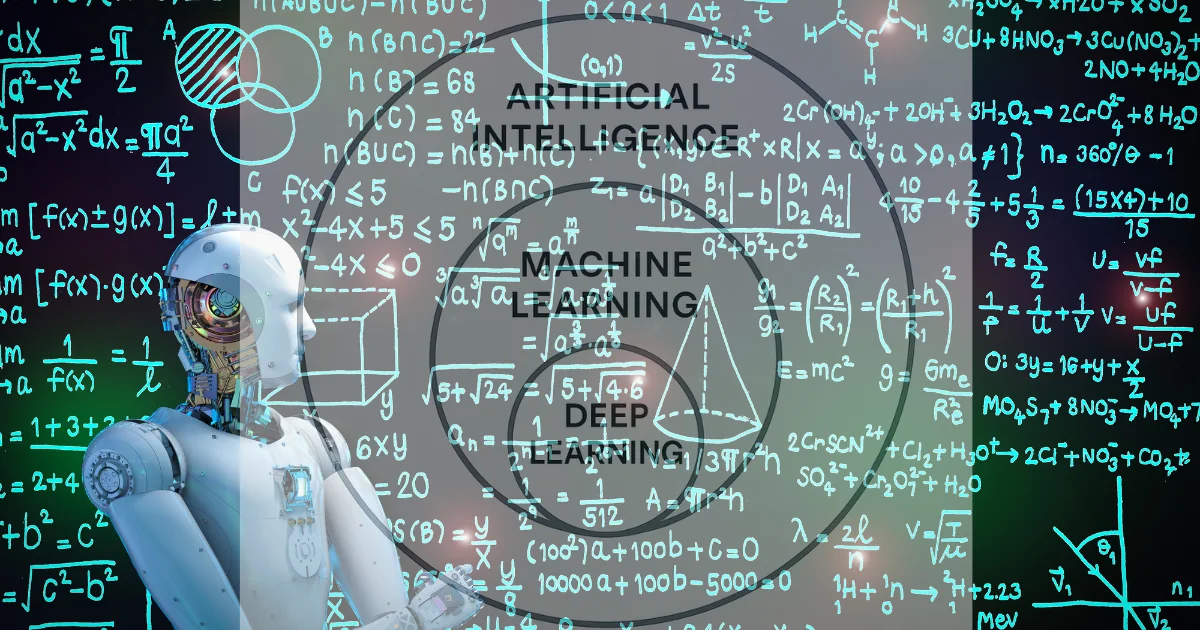People often use the terms Artificial Intelligence (AI), Machine Learning (ML), and Deep Learning (DL) to mean the same thing, although they are not. AI is the widest idea in the field of computer science and data science, and these ideas are part of a hierarchy. To understand how current technology works, from recommendation algorithms to self-driving cars, you need to know the differences between them.
Artificial Intelligence (AI): The Big Picture
AI is the field that deals with making systems that can do things that usually need human intelligence. This includes making judgments, interpreting language, identifying patterns, thinking, and solving problems. Researchers started looking into whether machines could think in the 1950s, which is when the term “artificial intelligence” first appeared.
There are two types of AI: rule-based systems, which are programmed with a set of rules, and learning-based systems, which learn from data. There are two main forms of AI:
Narrow AI: These are systems that are made to do one thing, such virtual assistants, facial recognition, or language translation.
General AI: Systems that are only theoretical but could do any mental task that a person can do. Not yet.
ML and DL are both types of AI
Artificial Intelligence (AI): A Part of Machine Learning
Machine Learning is a way to look at data that makes it easier to develop models for analysis. The premise behind it is that algorithms can learn from data, find patterns, and make choices with little help from people.
ML models are trained on a lot of data instead of being told what to do. For instance, to teach a spam filter how to work, the model looks at thousands of spam emails to understand what they look like.
There are usually three sorts of ML:
Supervised Learning: The model learns on data that has been labeled, like pictures that say “cat” or “dog.”
Unsupervised Learning: The model looks for patterns in data that doesn’t have labels, such putting customers into groups based on how they buy things.
Reinforcement Learning: The model learns by interacting with an environment and getting incentives or punishments (like teaching a robot to walk).
ML has led to big improvements in things like speech recognition, recommendation engines, fraud detection, and predictive analytics.
Deep Learning (DL) is a type of ML.
Deep Learning is a kind of machine learning that uses neural networks with multiple layers (thus the name “deep”) to look at different types of data. These networks are based on how the human brain functions. They process data through layers of nodes (neurons) that are connected to each other and change the input in some way.
DL is great at handling lots of unstructured data, such text, audio, and photos. It has led to breakthroughs in areas like:
Computer Vision: recognizing faces and sorting images
Natural Language Processing (NLP) is used for chatbots, translating languages, and analyzing feelings.
Voice assistants and transcription software are examples of speech recognition.
Self-driving automobiles and robotic automation are examples of autonomous systems.
Deep learning usually needs more data and processing power than regular ML, but it works better on hard jobs.
Key Differences
What is the problem?
Things get confusing since these technologies are all linked to each other in many ways. Machine learning is a type of AI, and deep learning is a type of machine learning. However, not all AI is machine learning, and not all machine learning is deep learning. When people talk about new tech, they commonly mix up the two terms.
Breakdown of Use Cases
Here is a list of how certain technologies seem in the actual world:
AI: Siri or Alexa answering voice requests, trading systems that work on their own, and customer service bots.
ML: Netflix telling you what to watch next, spam filters for email, and Amazon suggesting products to buy.
DL: Google Translate becomes better with time, self-driving cars can read traffic signs, and AI can make art.
Frequently Asked Questions about
Is AI superior than machine learning?
Machine learning is a part of AI. It’s not better; it’s a method in AI that lets systems learn from data.
Do you require deep learning for all AI projects?
No. Deep learning is helpful for situations with a lot of data that are hard to solve. Less complex ML models often work well and need less computing power.

Business Consultant | Web designer & Developer | Social media Manager | SEO | Passionate Learner, I am deeply passionate about learning and continuously improving my skills.
My interests are diverse, ranging from music and singing to computers and programming languages, digital art, AI




